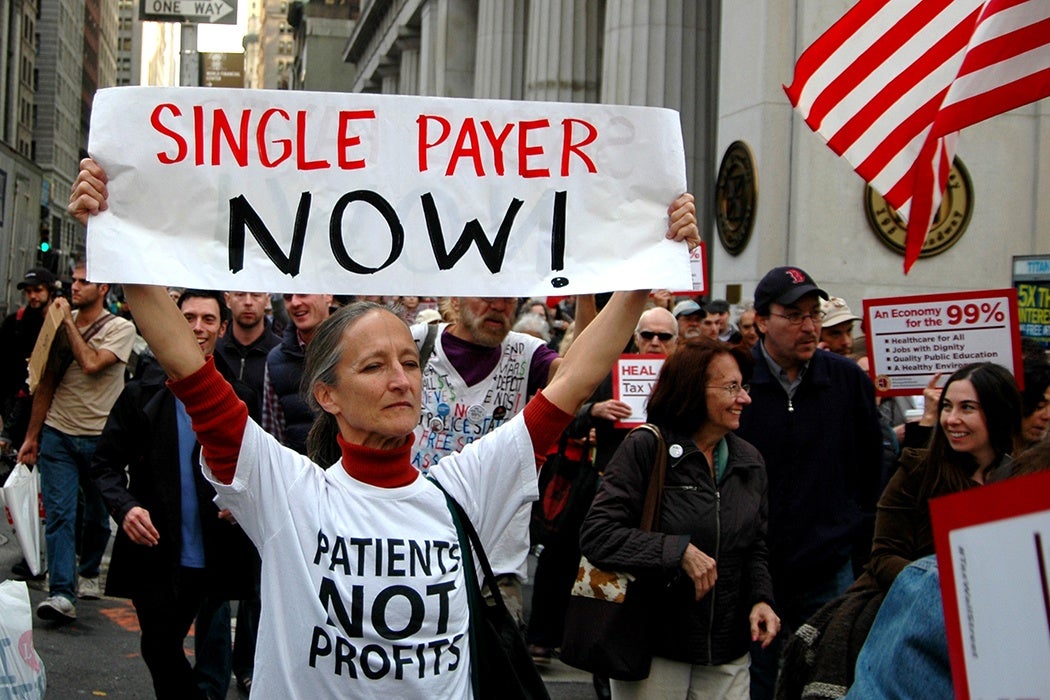With new calls for universal single-payer health insurance, President Harry Truman’s derailed plan of 1945 is getting renewed attention. But even before Truman, there were attempts to replicate or copy European health care systems. California was a leader. In 1918, a referendum failed to amend the state constitution to permit a health insurance plan. Then in the 1940s, Governor Earl Warren tried again. Daniel J. B. Mitchell digs deep into this history to reveal the politics that continue to make the United States an anomaly among the world’s rich nations when it comes to health insurance.
The pattern for defeating single-payer schemes was set a century ago when the 1918 California referendum was soundly trounced. The insurance industry opposed it because it threatened their profits. The medical establishment feared price controls, that is, challenges to their profits. The plan was also unpopular because it smacked of German social insurance in an era of intense anti-German feeling. It was also a call for “socialized” medicine at the dawn of the first great Red Scare.
On the national level, the New Deal, which introduced an otherwise broad system of social safety nets, skipped out on fighting for national health because of doctors’ opposition. But in California in the 1940s, Governor Earl Warren thought he could build on a booming wartime economy and craft a state system. Warren was a Republican with broad bipartisan support, serving as California’s governor from 1943-1953. (He became more famous for serving as the 14th Chief Justice of the United States from 1953 to 1969.)
The California Medical Association led the charge against Warren’s plan. They hired an advertising firm known for its negative campaigning. The firm had once been employed by Warren but was on the outs with him by then. (Mitchell makes a good case for how conflicting personalities contributed to scuttling Warren.) The same advertisers would go to help defeat Truman’s plan—the battle over public opinion was waged on radio in those pre-television days. State and local Chambers of Commerce also came out against Warren’s plan, especially the proposed payroll tax (1.5% on employers and another 1.5% on employees) that would have funded it.
Another factor: a split between labor unions divided organized labor’s political firepower in the state capital. The Congress of Industrial Organizations (CIO) sponsored a rival approach. Additionally, “chiropractors, visiting nurses, Christian Science healers, and optometrists” felt left out of Governor Warren’s plan and wouldn’t support it.
In all, Warren tried to move three versions of his plan, each time failing in either the State Assembly or Senate during 1945-1946. Even though he won an overwhelming reelection in 1946, he couldn’t translate that victory into a victory over the powers of those who profit from ill health.







